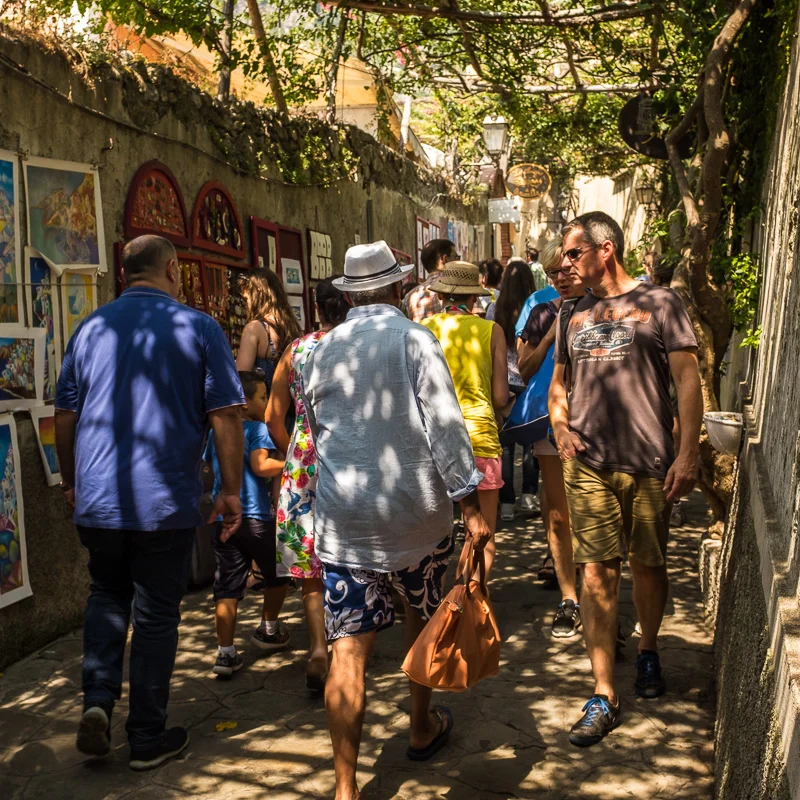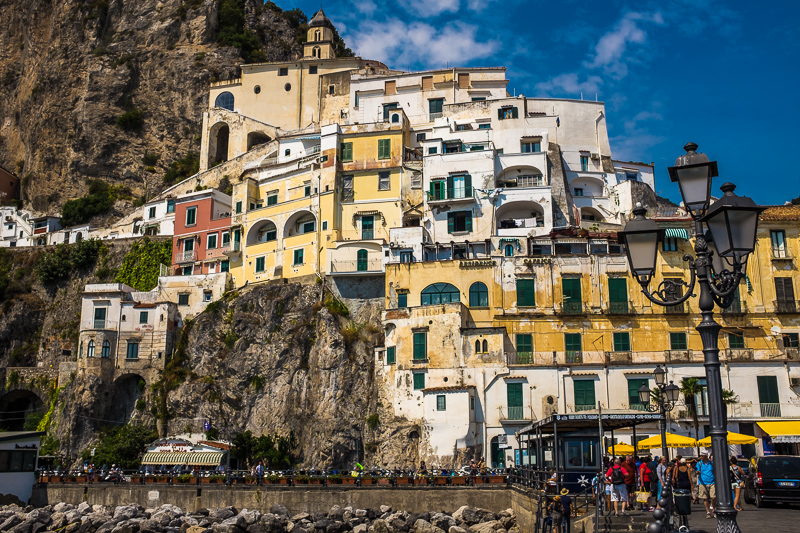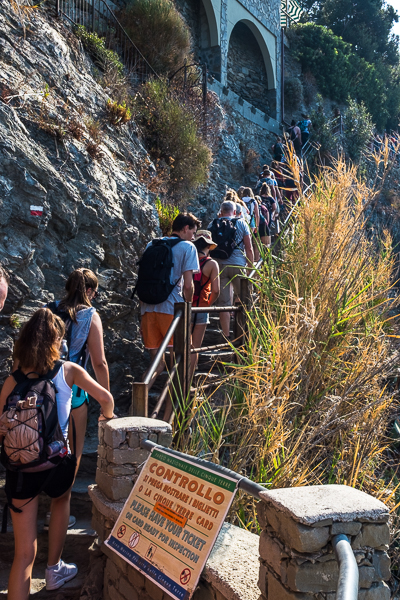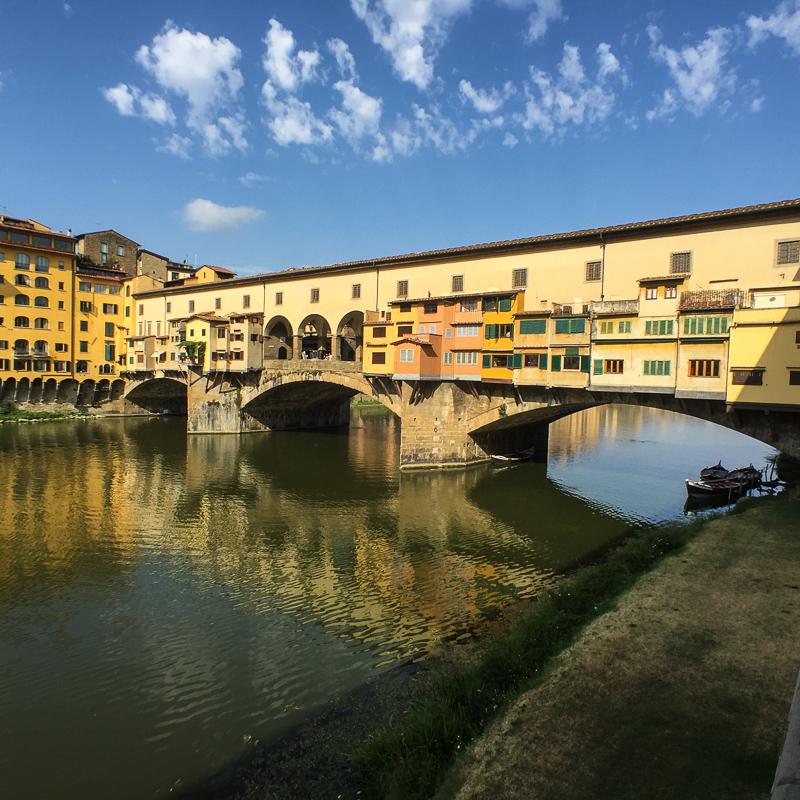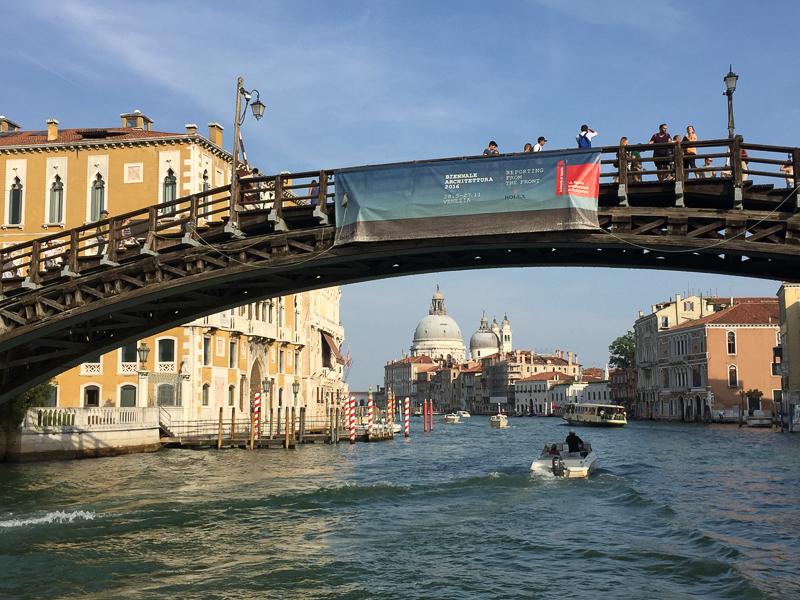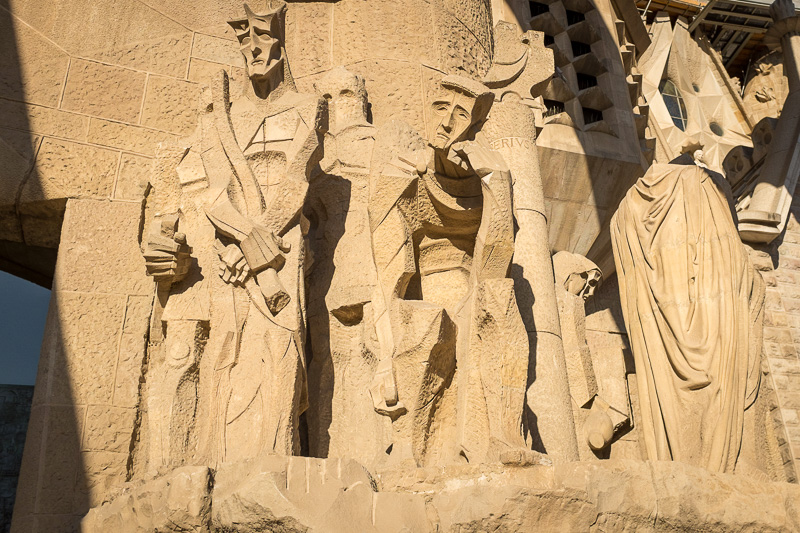These two idyllic coastal regions were to be a training ground for our assault on the Camino de Santiago – an 820km walk across Northern Spain. That meant lots of hiking along beautiful coastal paths trying hard not to trip over our jaws as they hit the floor at the views offered up.
Our first contender, the Amalfi Coast. We spent three days in the region (one day was taken up with our visit to Naples), staying at a gem of an agriturismo (Agriturismo il Castagno). We had a wobble as our booking was lost in translation. But not to worry they had plenty of room and we ended up with a peaceful sea view. An agriturismo in its basic form is a rural property that offers accommodation. With a vast market garden and working vineyard, il Castagno was the perfect location.
First up, we tackled the ‘Sentiero degli Dei’ (Path of the Gods). This nine-kilometre walk certainly packs a punch with quaint villages, vertigo-inducing pathways and cliff-hugging vineyards. We started in the town of Bomerano and finished in the tourist mecca of Positano. At Nocello there are 1700 knee jarring steps leading down to Positano, I guess it could have been worse, we could have been going up.
Positano is an incredibly pretty town, tiers of whitewashed and coloured houses tumble down from the top of the surrounding hills to the beach below. Take away the hoards of cruise ship passengers still trying to find their land legs, and you have paradise.
A hair-raising bus ride whisked us back to our car. The narrow roads and hairpin bend beckoning an accident at every twist and turn. Whatever they are paying the bus drivers it’s not enough.
On our second visit to Positano, we caught a ferry to the town of Amalfi. A little calmer than the bus ride and with dazzling vistas along the 40-minute trip. In Amalfi, we drifted through the back streets eventually ended up at a gelateria, surprise, surprise.
On our last night, we ate on the terrace of il Castagno. The homemade ravioli parcels of deliciousness were the best thing we had eaten in 4 months in Italy. The wine came from the vineyard below the terrace, no carbon footprint here.
The second contender, Cinque Terre threw a sucker punch right at the start of our stay. The usual booking wobble nearly turned into a full-on argument in front of a ringside crowd at a nearby cafe. Despite having confirmation emails, our hosts in Corniglia (Agriturismo Barrani) couldn’t find our booking and were sold out. With one brother blaming another they eventually found us a room across the way. No sea views, no wifi, first world problems, but at least we had a bed.
The village of Corniglia is one of the five (cinque) villages that hug this world heritage coastline and is situated in the middle. The roads that join the communities make the Amalfi roads look like superhighways. The whole area is a crisscross of hiking trails both inland and along the coast. The coastal route between the first and last town can be completed in six hours, that’s if they cracked on and repaired the storm-damaged sections from 2011.
Trying to outwit the 30-degree heat we would head out bright and early. Walking between rows and rows of vines. Simple monorails known as ‘trenino’ lead down amongst the vines. The cars returning laden with juicy ripe grapes ready to be pressed and turned into delicious vino.
Out of the back of Corniglia, we climbed upwards and then along a tiny goat path to Volastra. Then onto Riomaggiore stopping along the way at Madonna di Montenero to rest and take in the stupendous views. In Riomaggiore, we feasted on a cone of fish and chips before catching the train back to Corniglia. In the midday heat, the 365 steps from the train station to the village centre sapped the last remnants of energy. After a late afternoon siesta, we watched the sunset while polishing off a bottle of Montepulciano.
The village of Vernazza suffered severely in the 2011 storm. Some of the pathways remain closed due to landslips. We arrived in this quaint harbour village just as it started to wake up. The leg from Vernazza to Monterosso al Mare was much busier. Why is it that at the narrowest point the crowds always get larger? Many of the walkers heading in the opposite direction reluctant to get close to the edge of the path.
Being smart cookies, we had packed our swim gear and jumped at the opportunity to cool down in the sparkling blue waters at Monterosso. Julie’s swim came to an abrupt end when a jellyfish decided to cuddle her. Burning blotches appearing in 20 seconds.
When the final bell rang, there was just one clear winner for both of us. Despite the hiccup with our accommodation, the Cinque Terre stood out head and shoulders.
The villages are smaller, cuter, easier to navigate, the views all the way along the coastline are incredible thanks to UNESCO halting building between the communities. There is a feeling that real people live and work here. Yes, there are crowds in both locations, but they are smaller and more manageable on the Cinque Terre.
There is talk of putting a cap on the number of tourists that can visit in high season. Given the challenges of the roads and pathways, you can certainly understand why. There is no doubt that the Amalfi is a worthy contender, but it just feels more manufactured than the Cinque Terre, a polished professional versus a quieter under-dog.
For further information on the Amalfi Coast, pop over and take a look at the detailed guides on hiking the Amalfi Coast.
Next Stop – Zipping along the Croatia Coast
Heaps more photos from these gorgeous regions Amalfi Coast vs Cinque Terre







